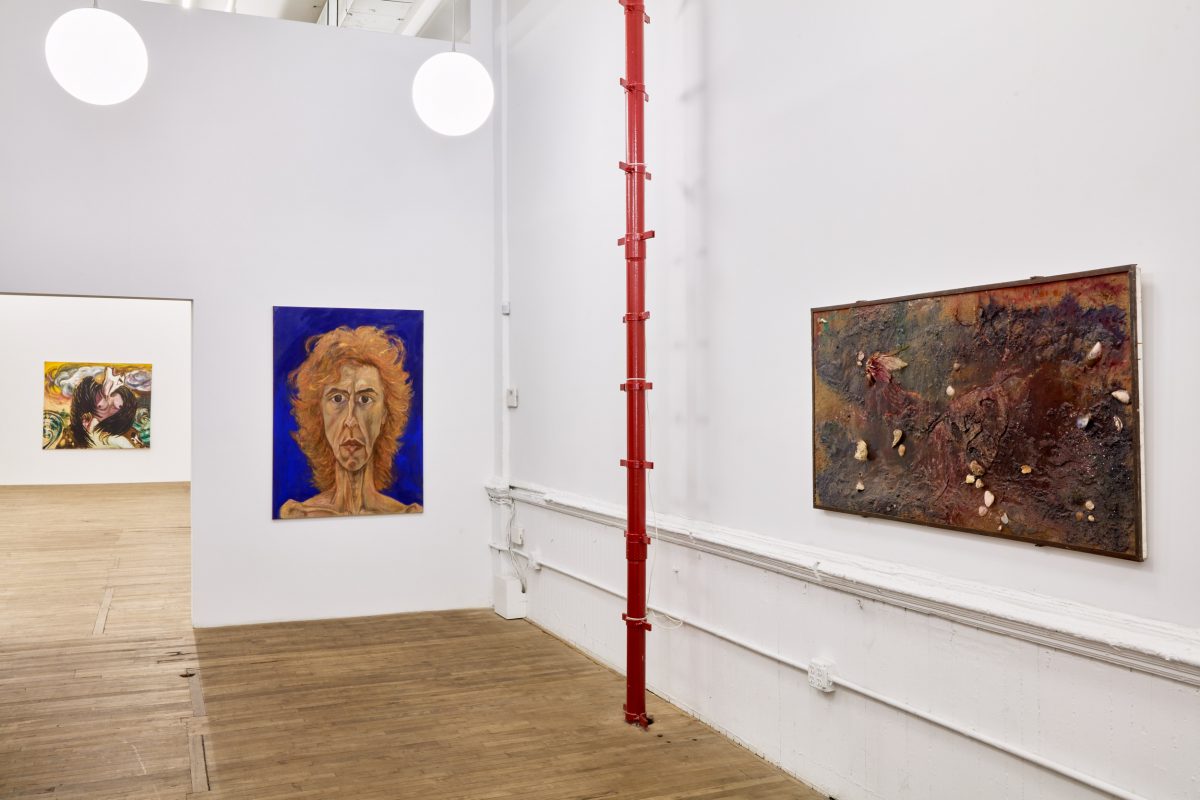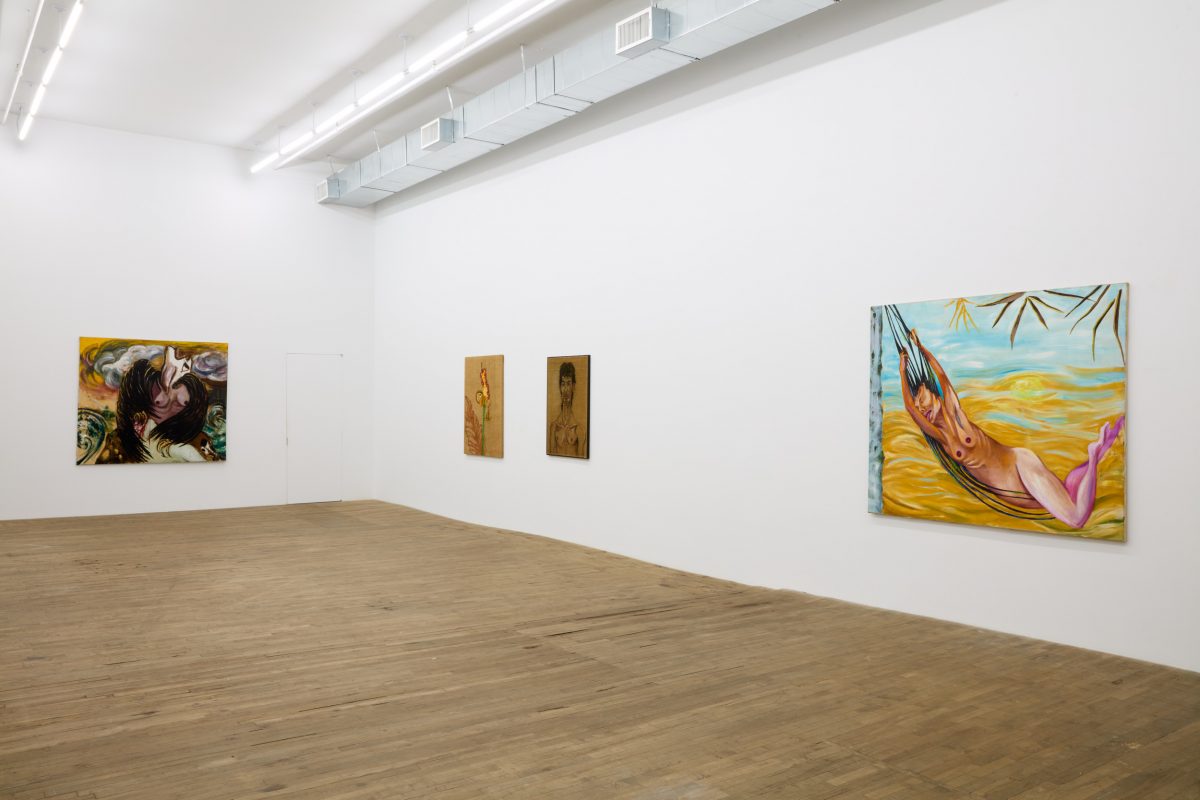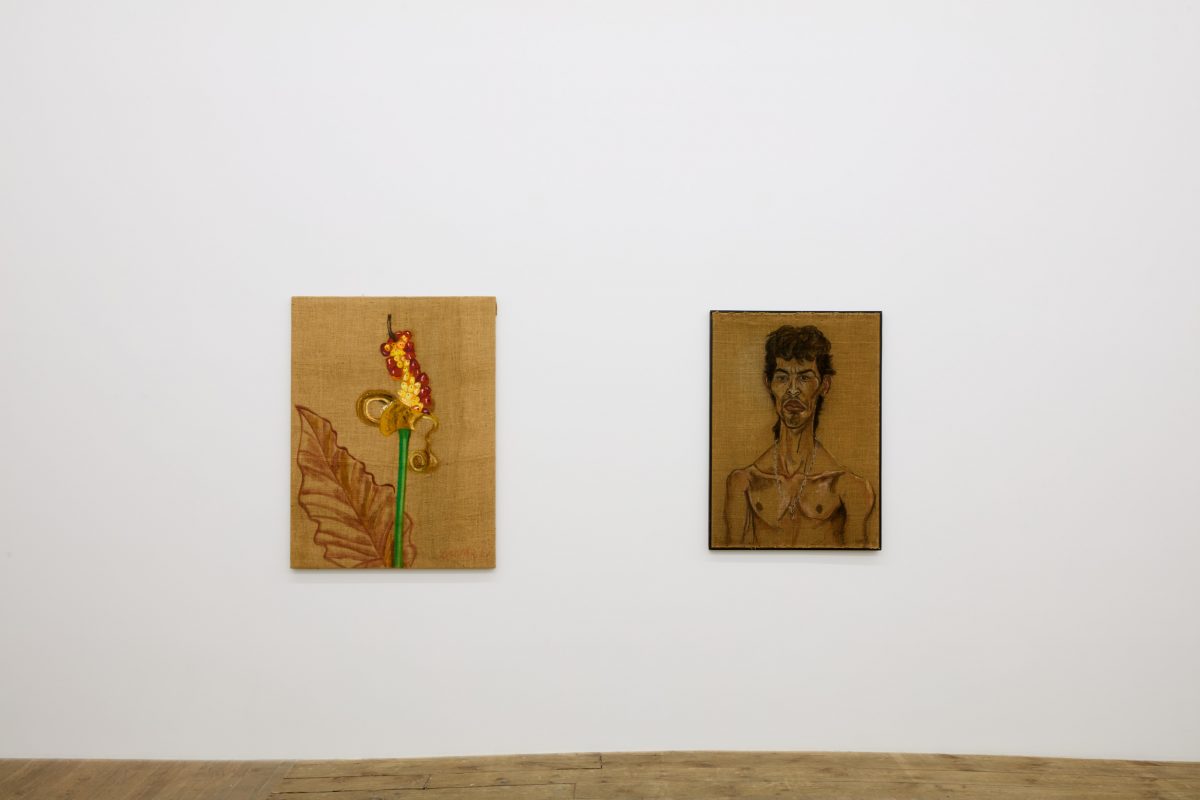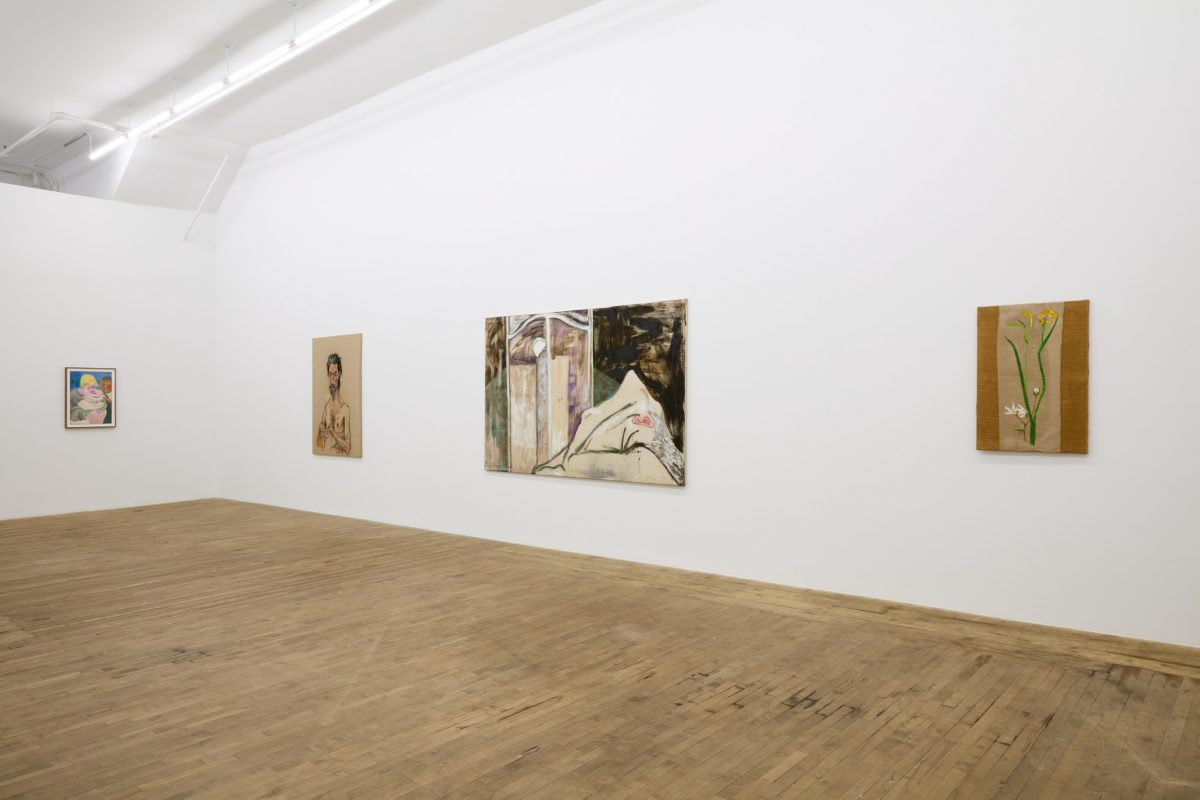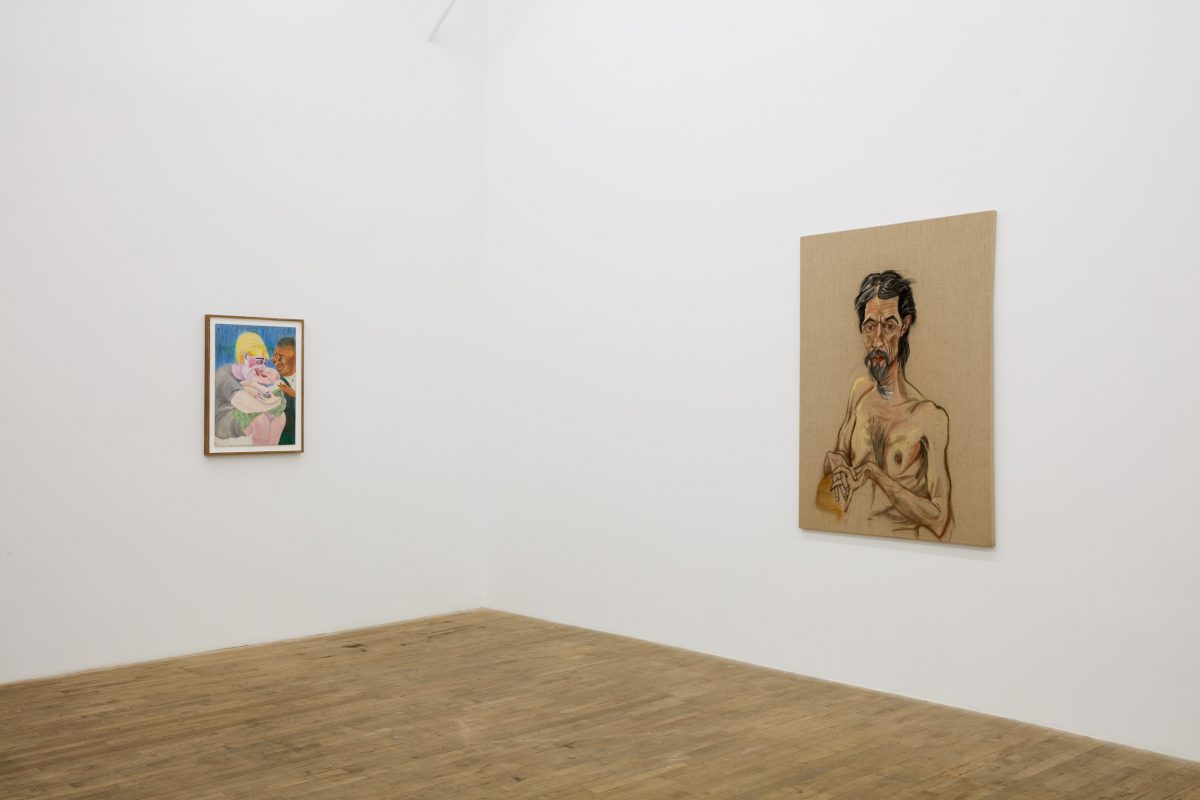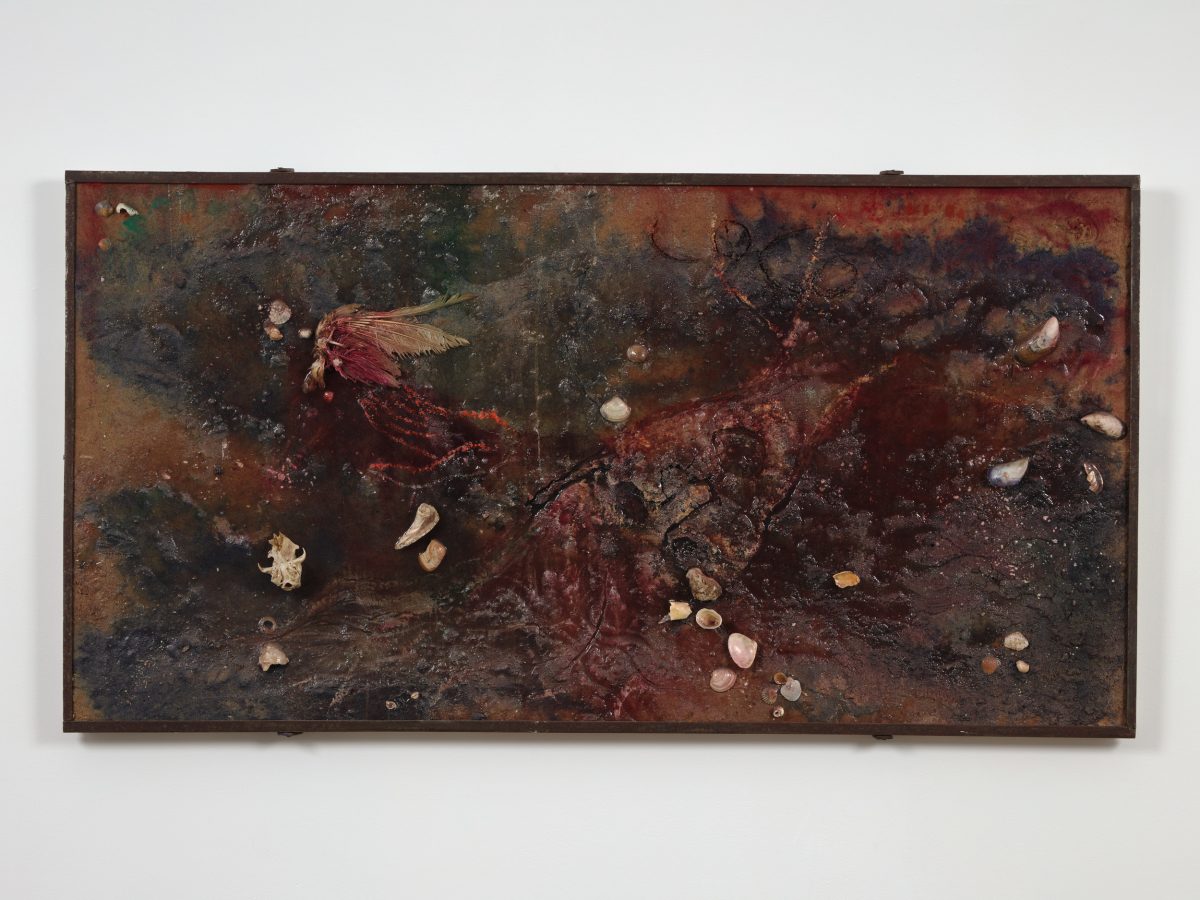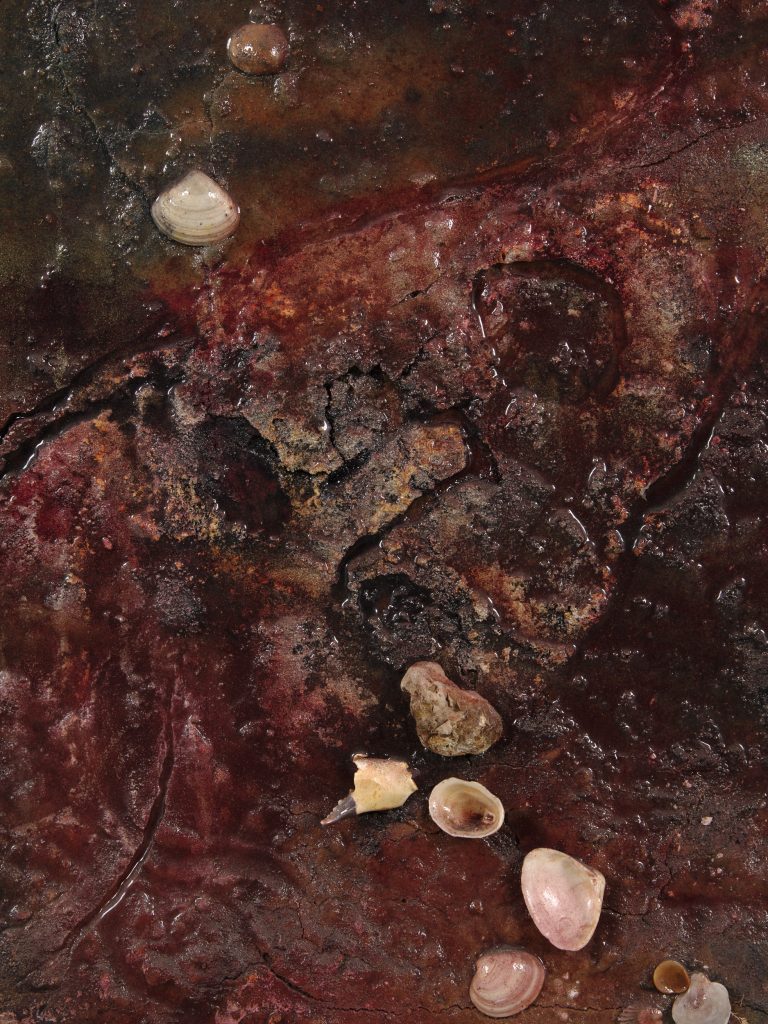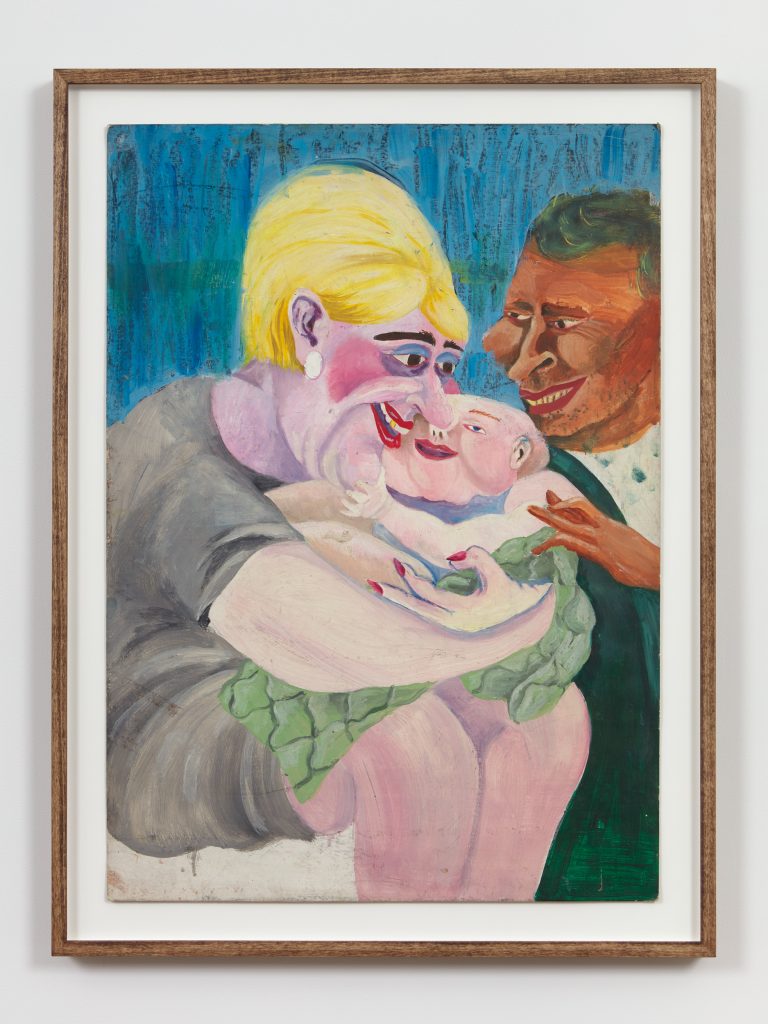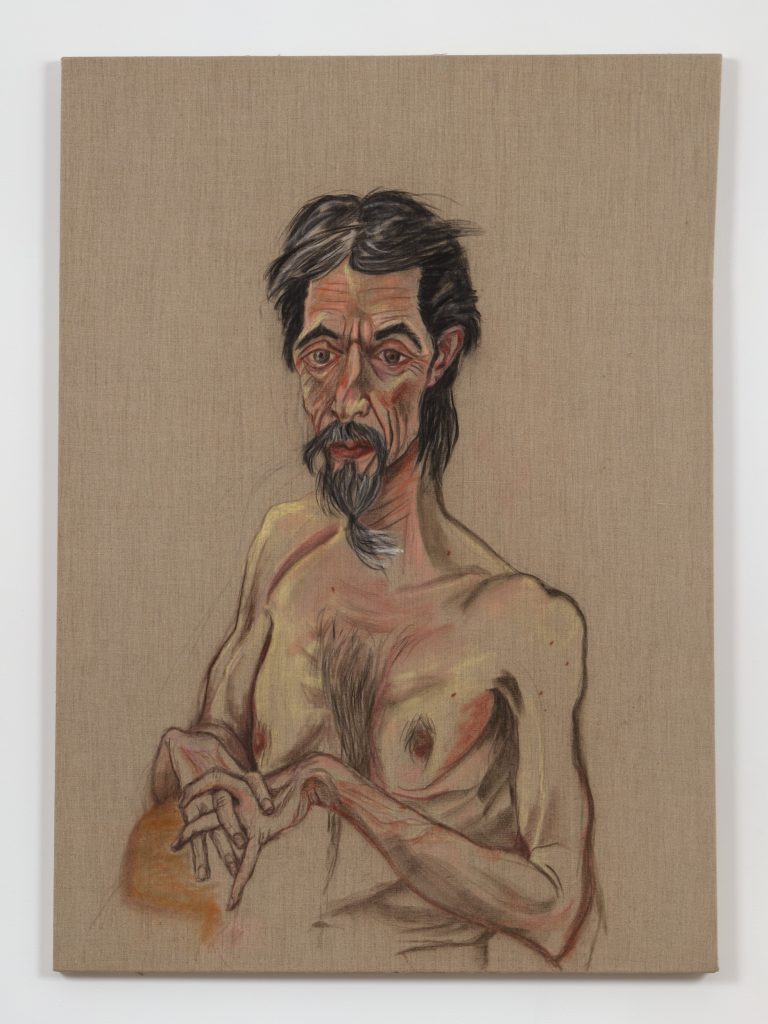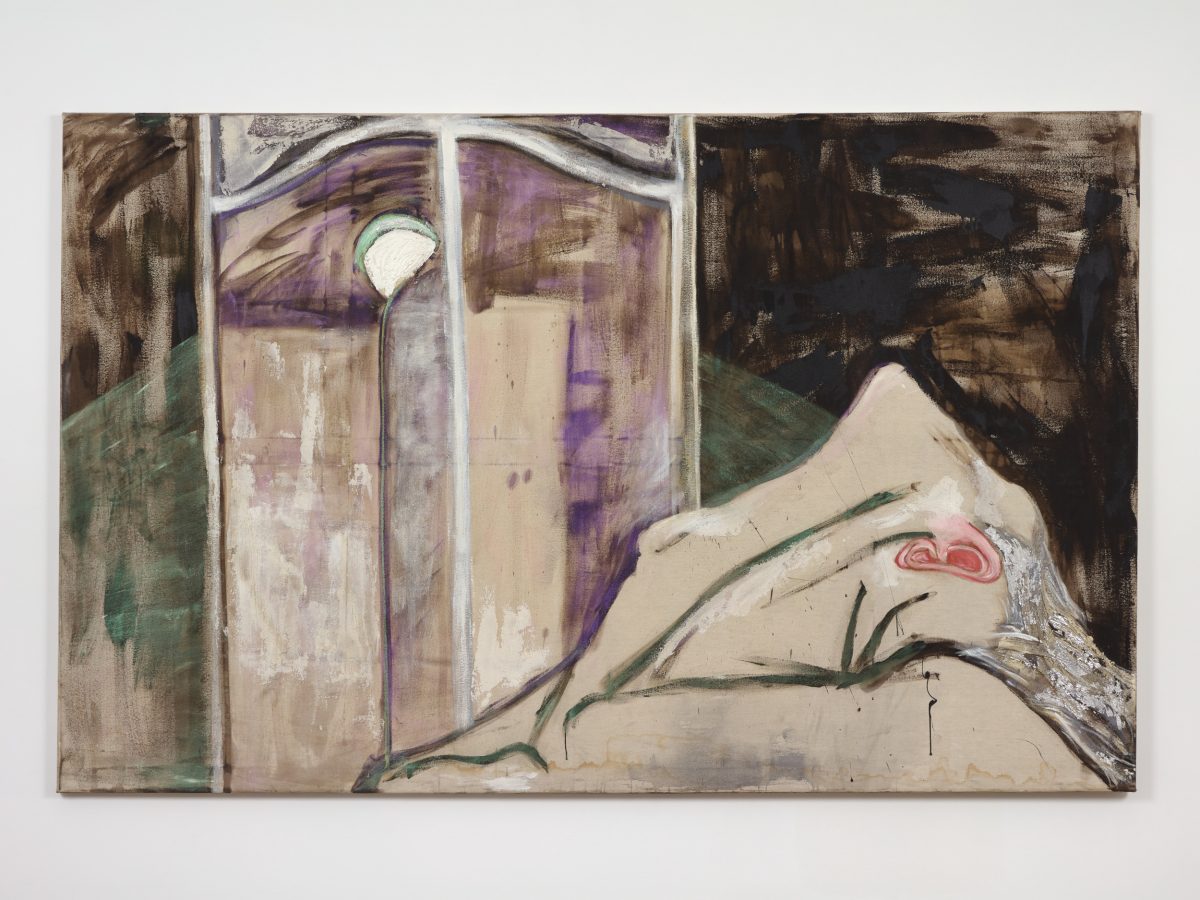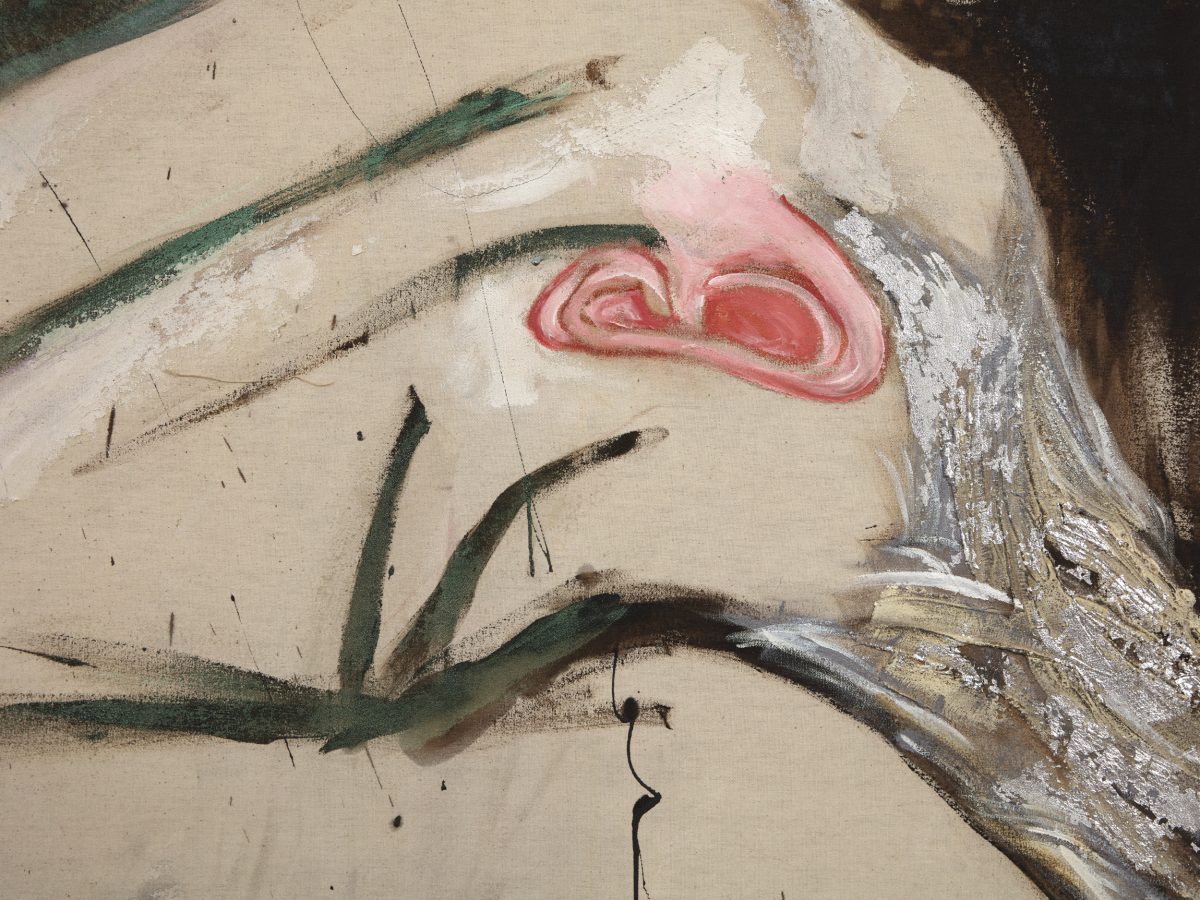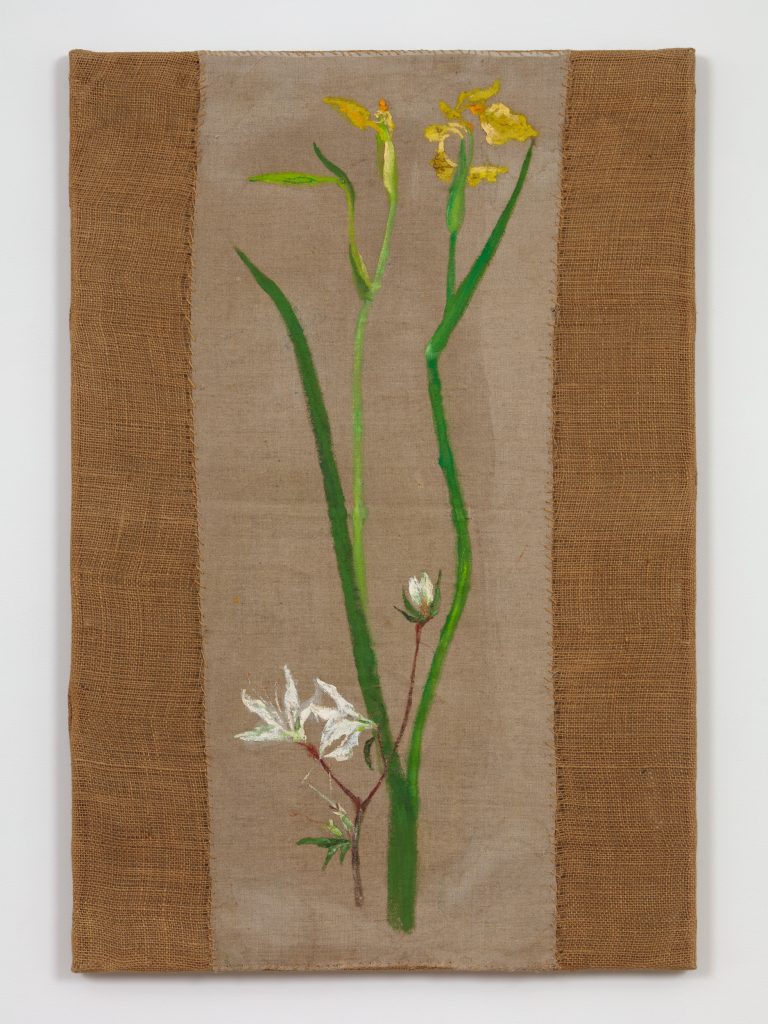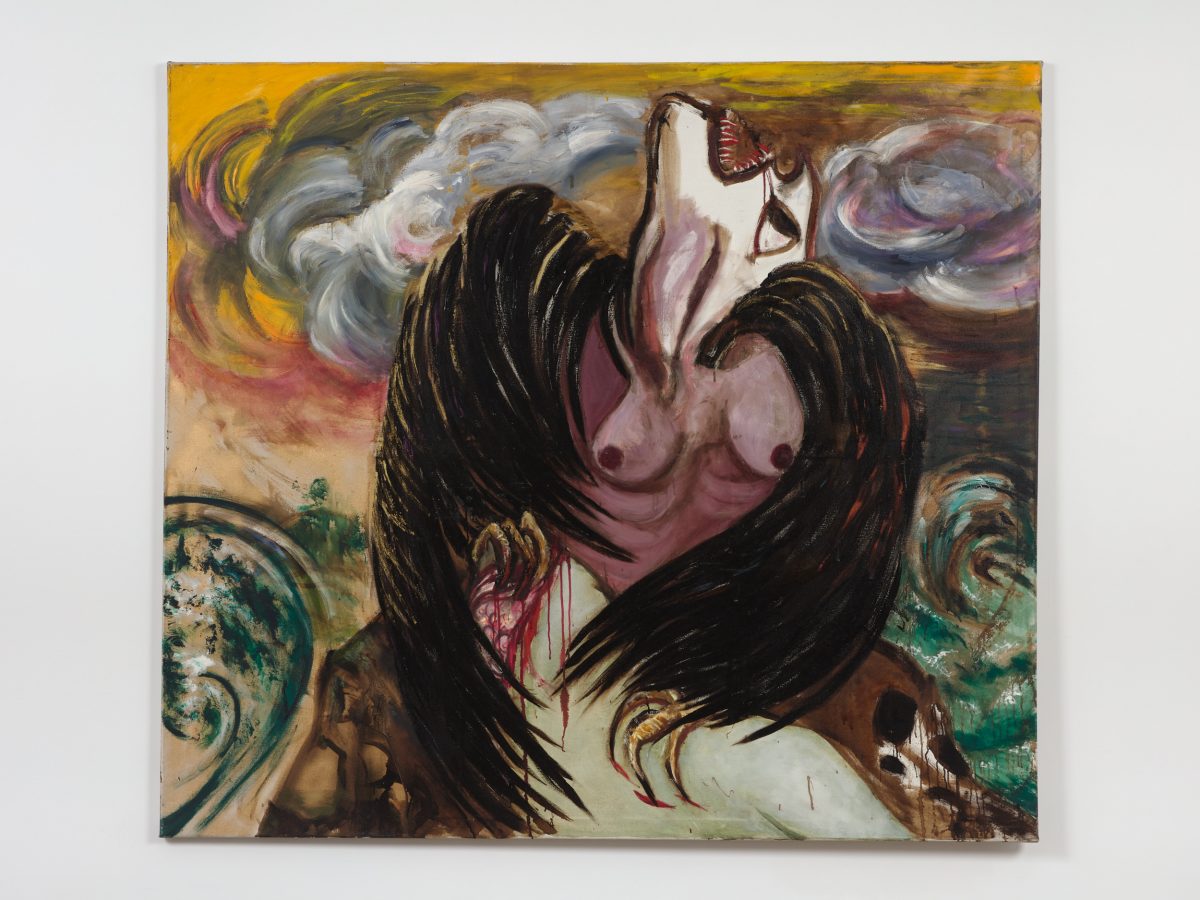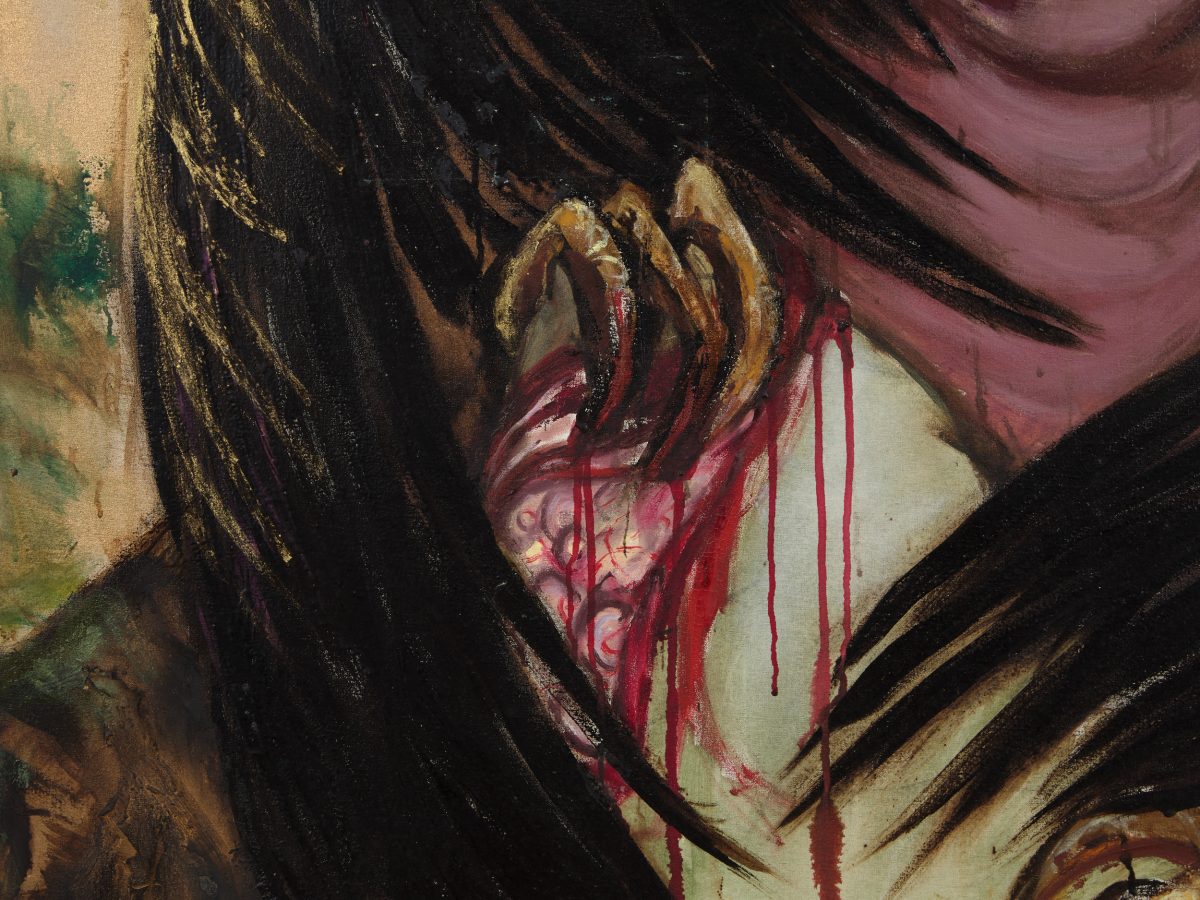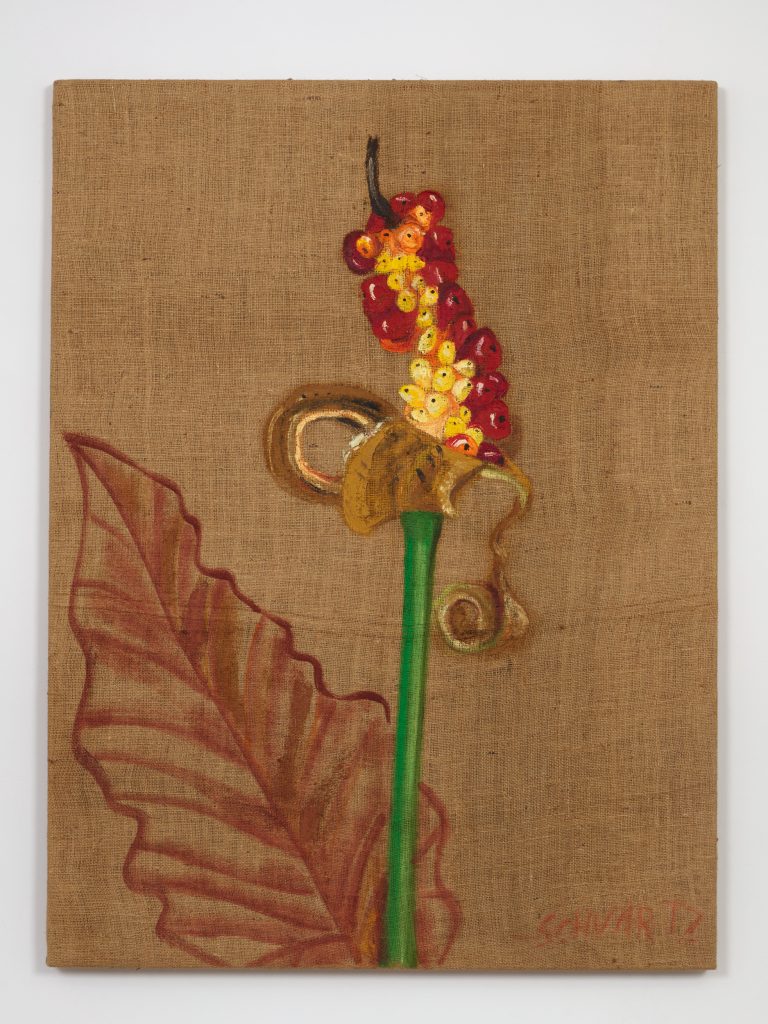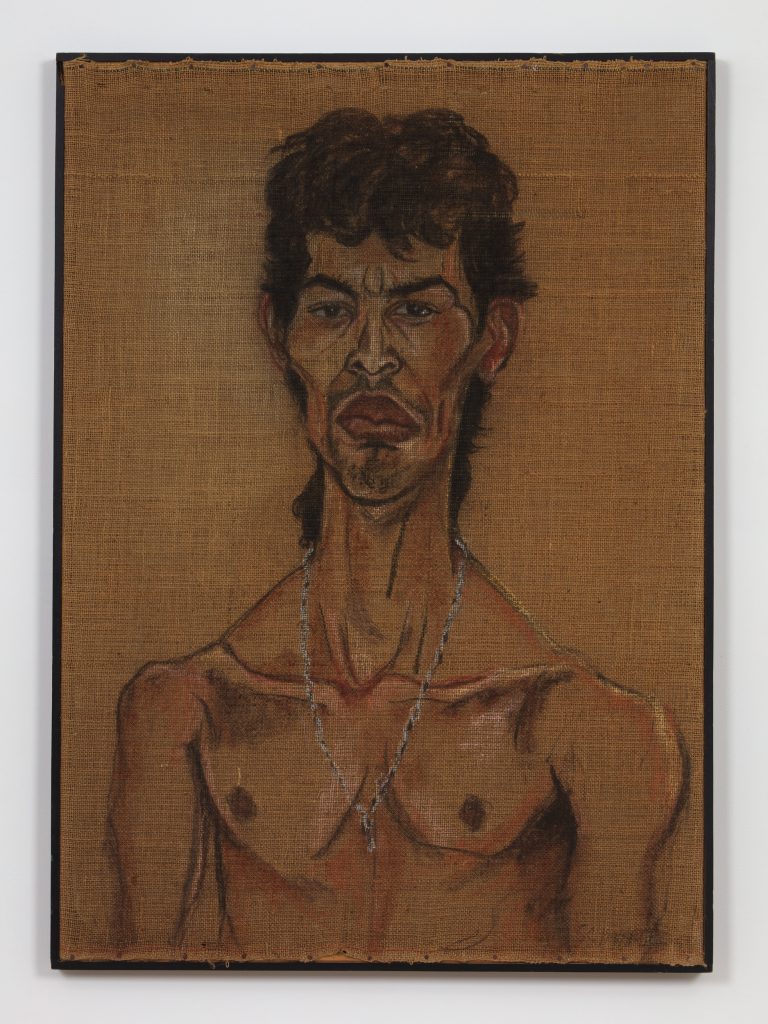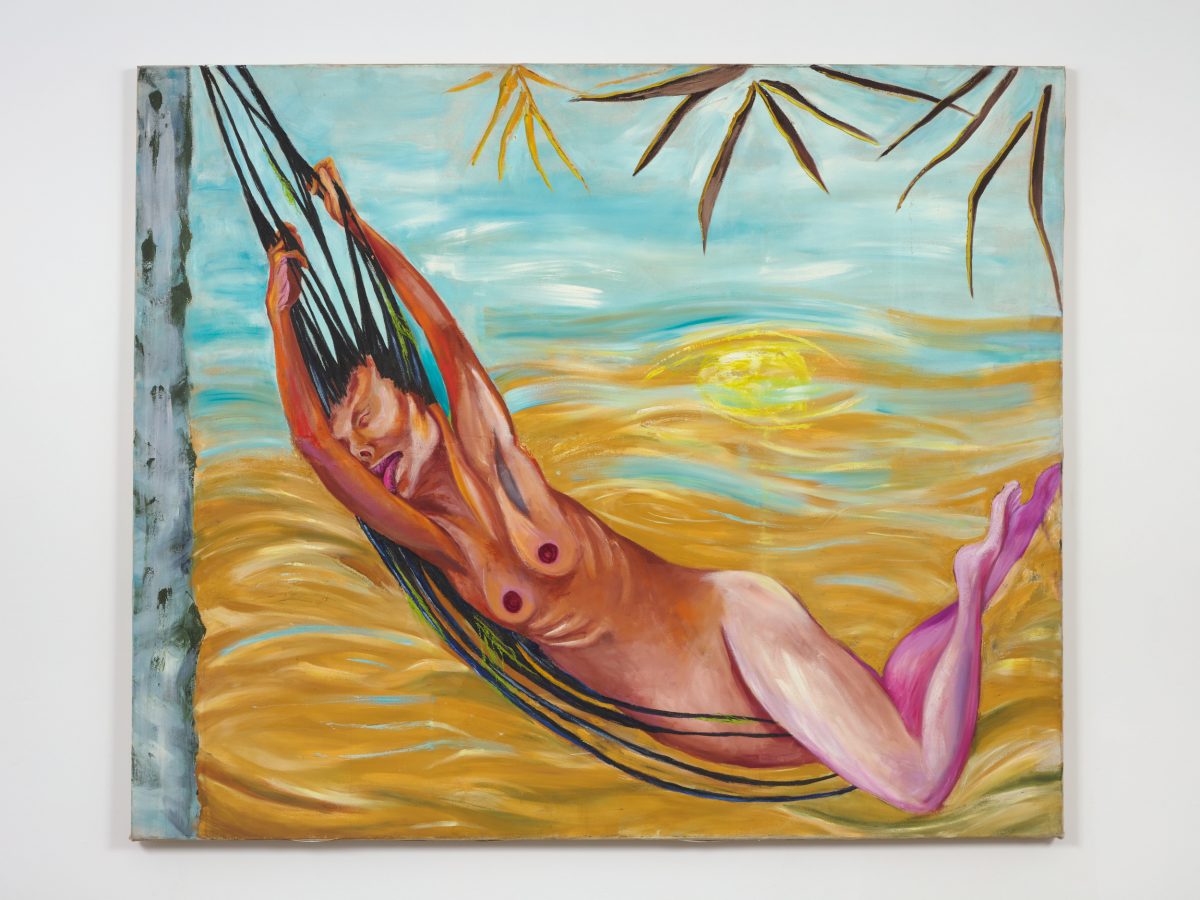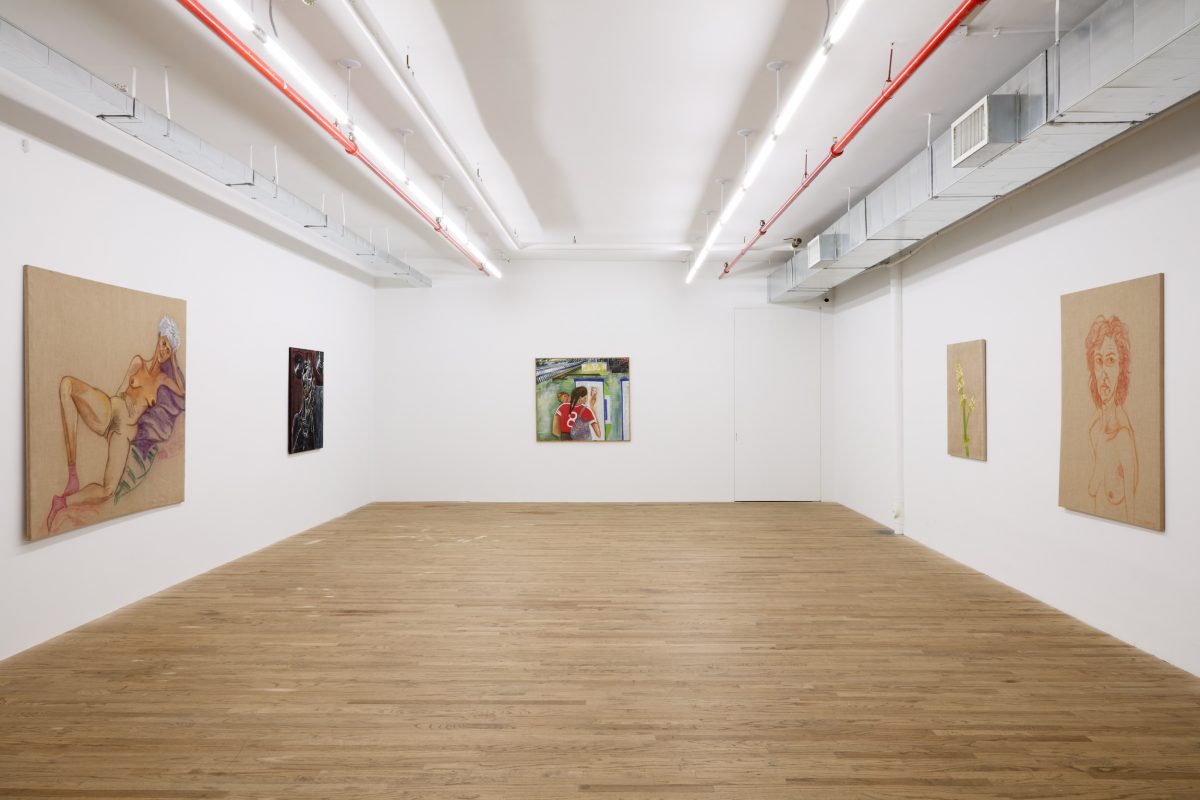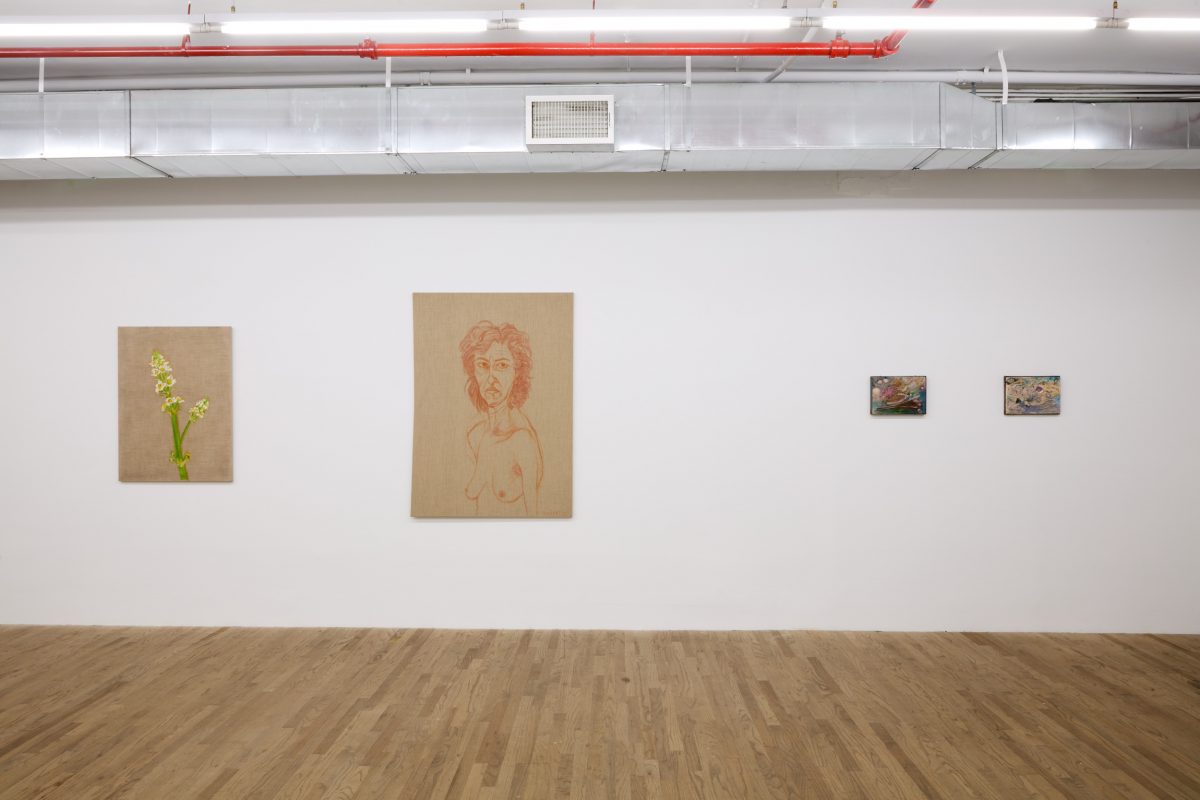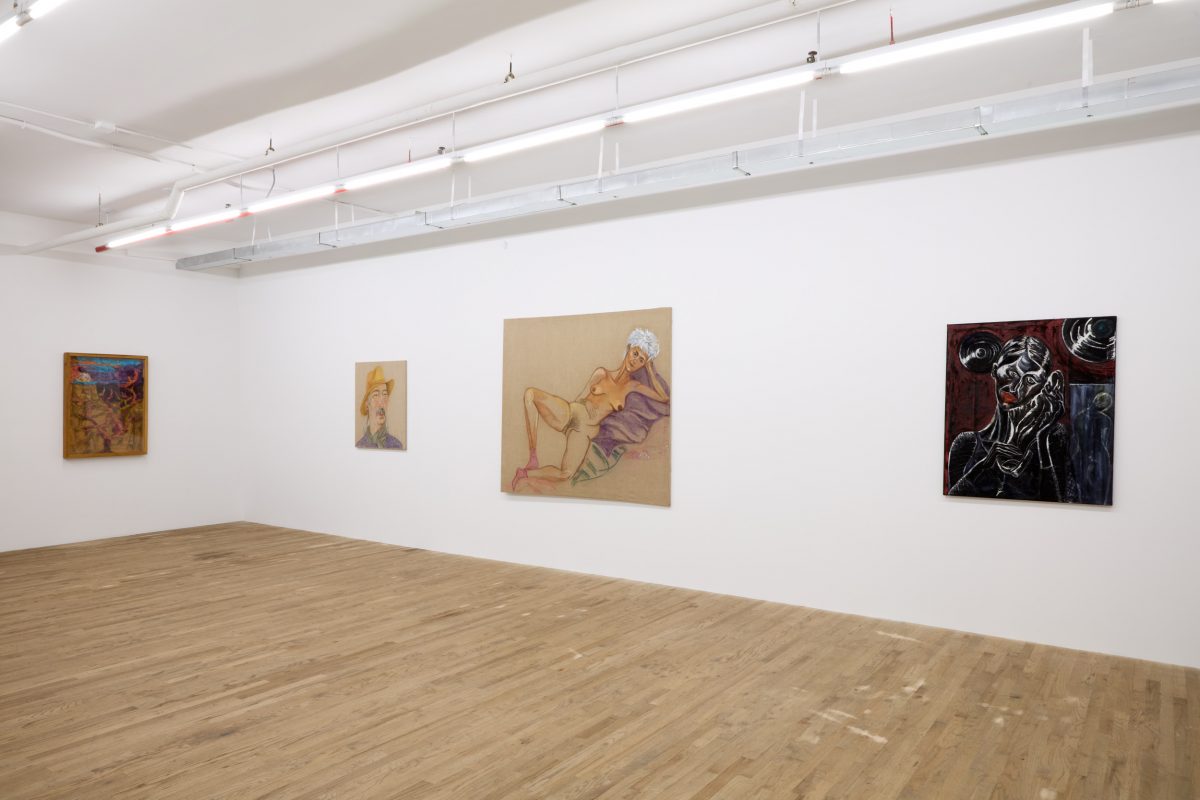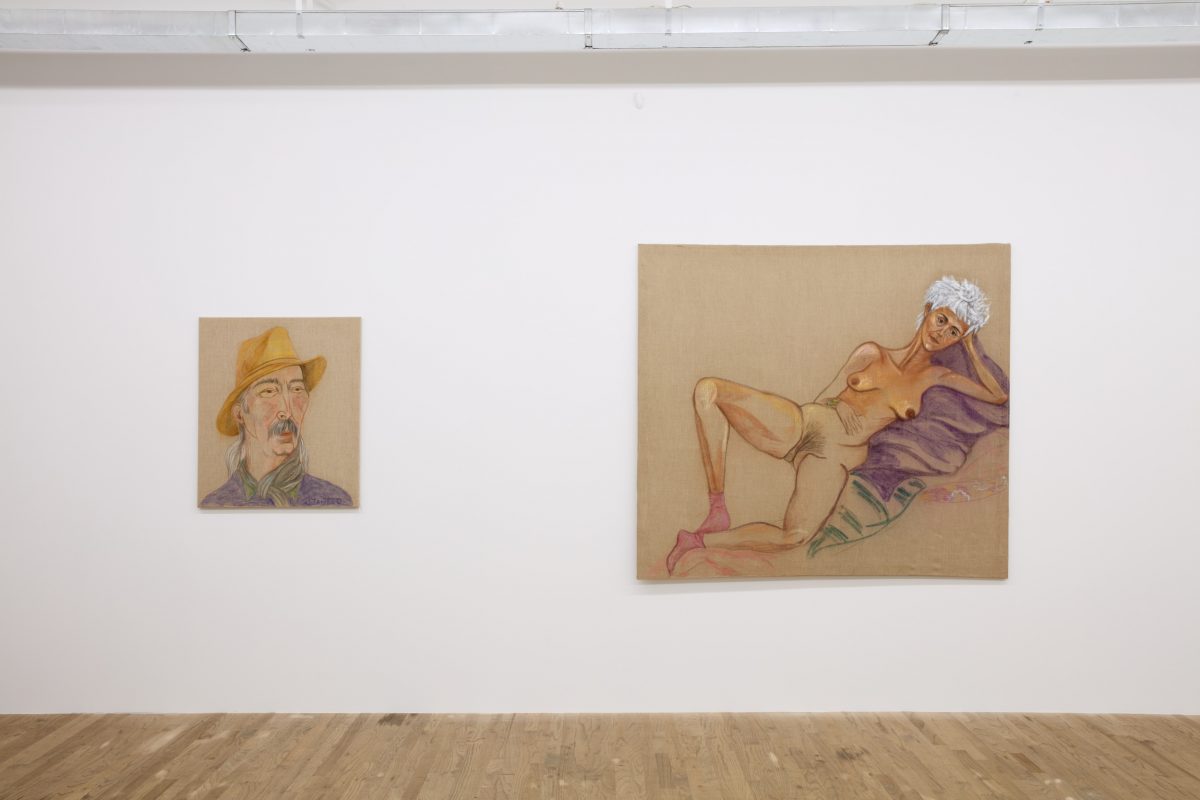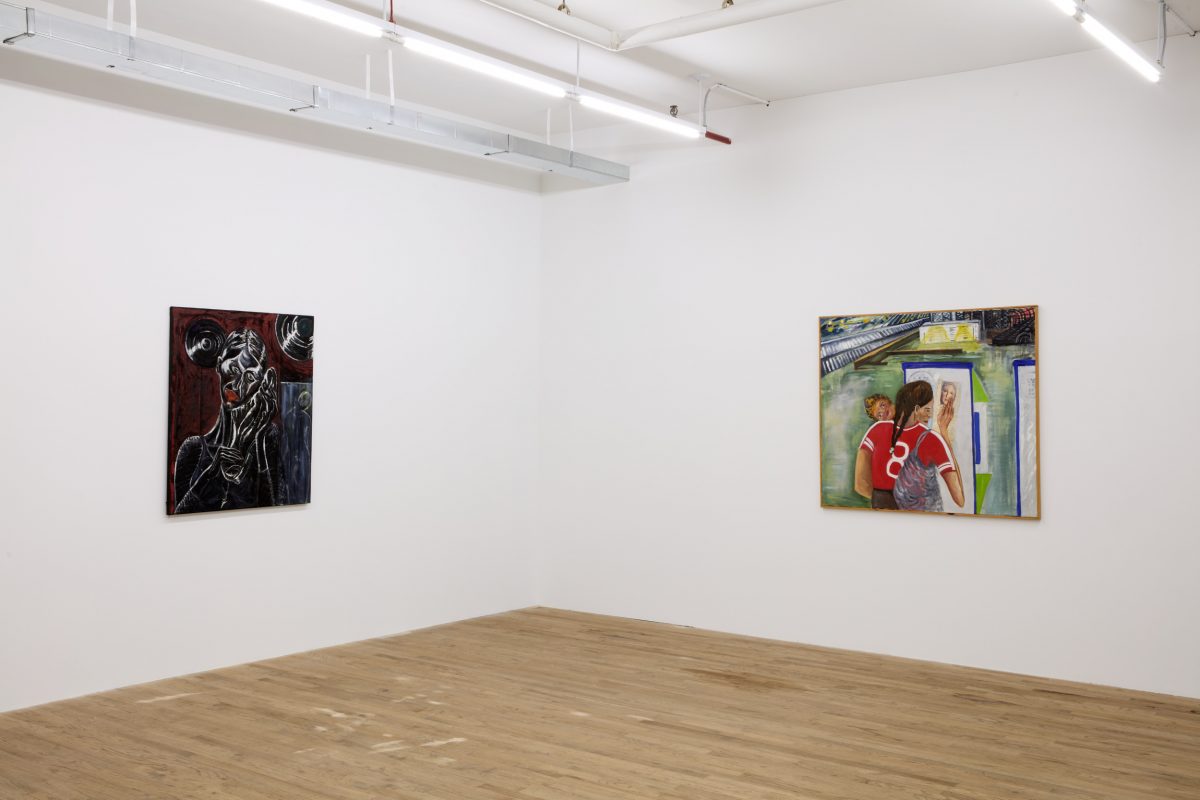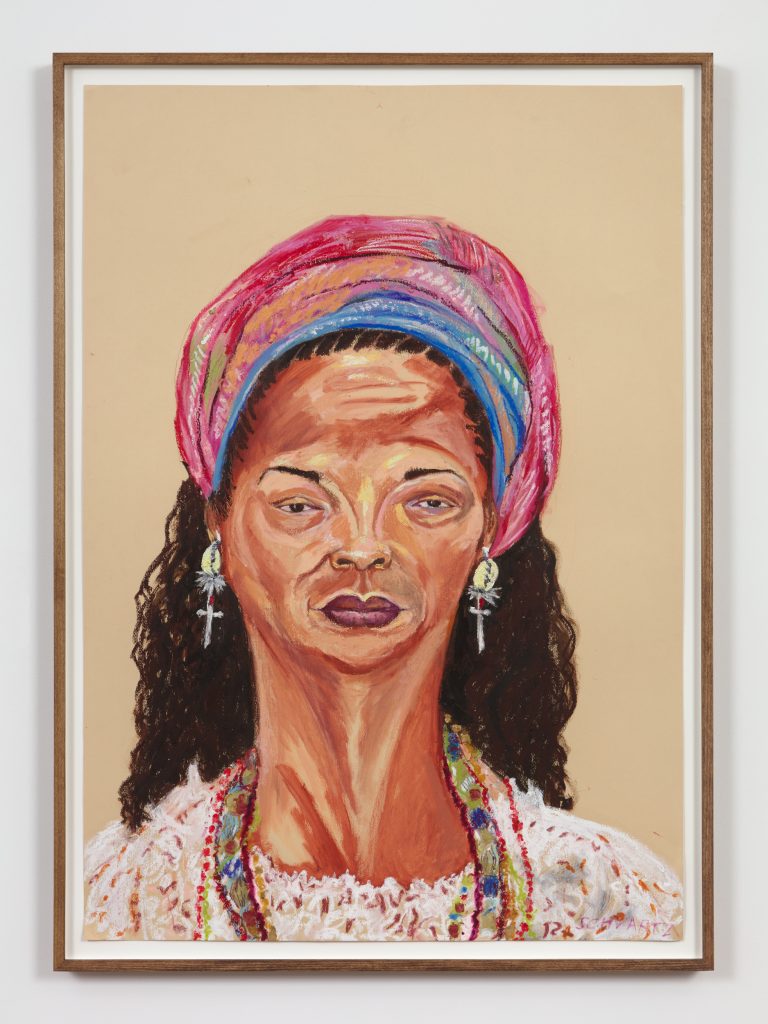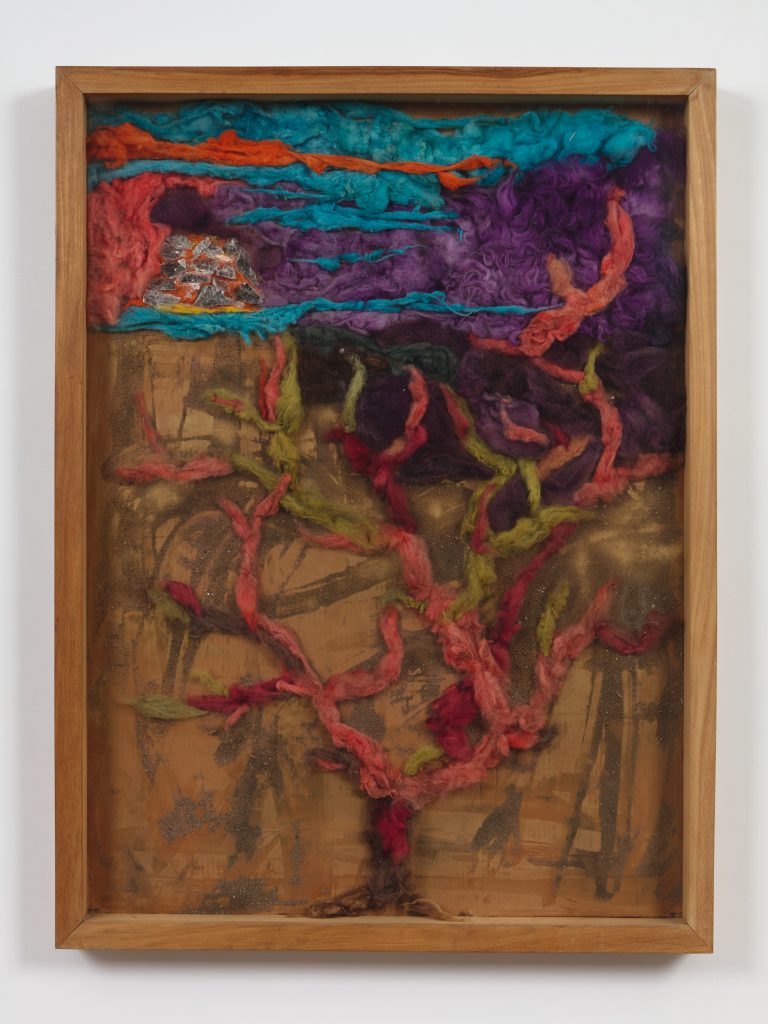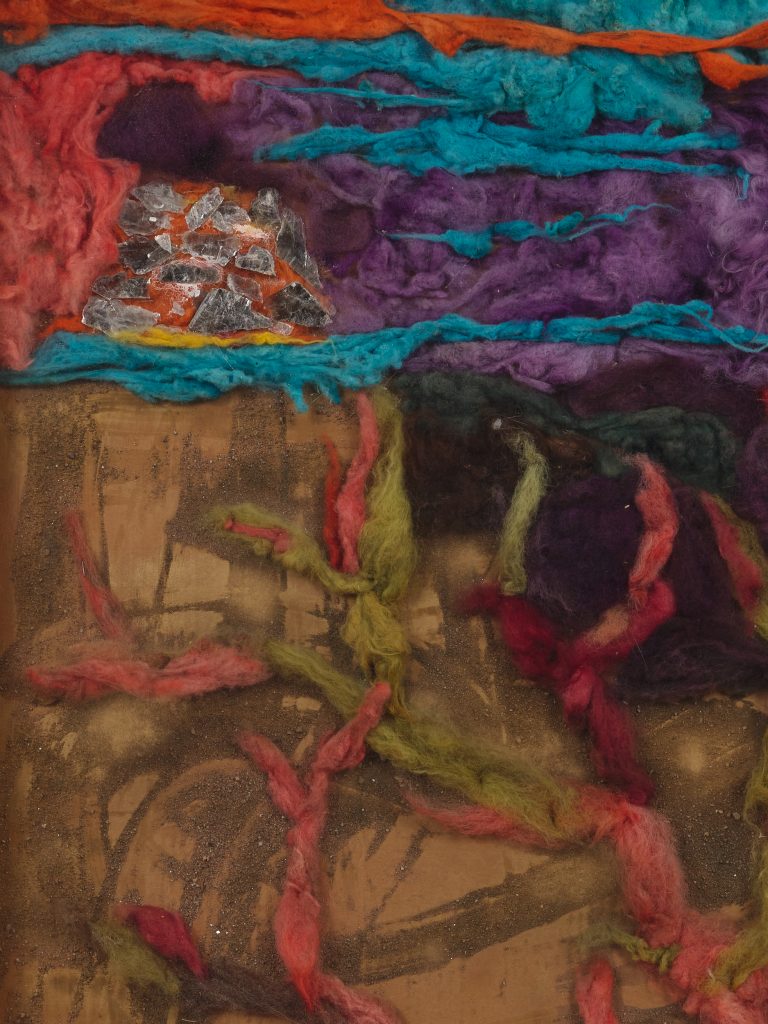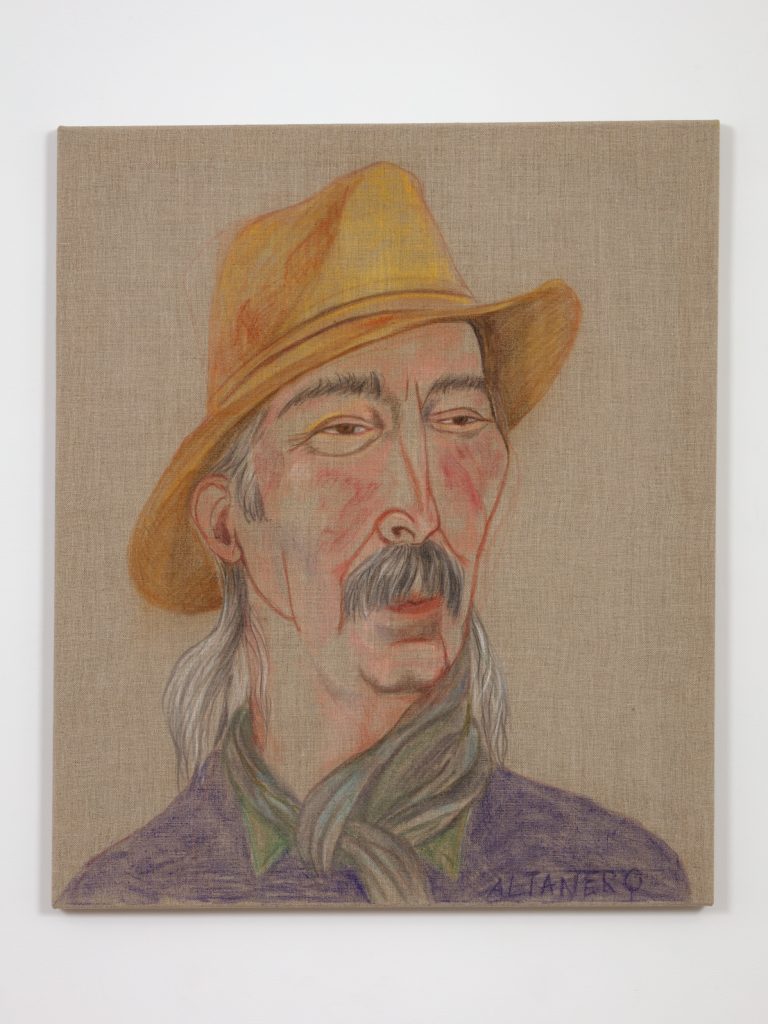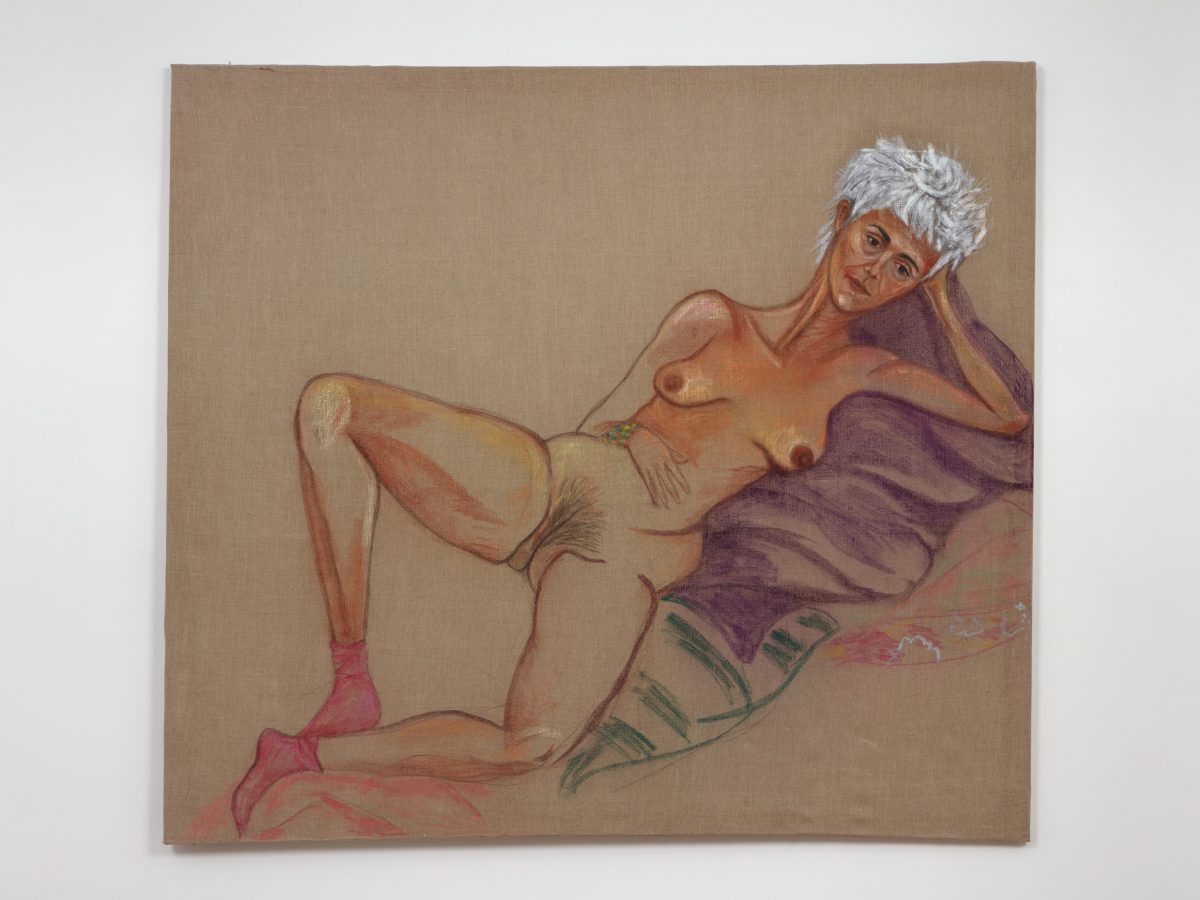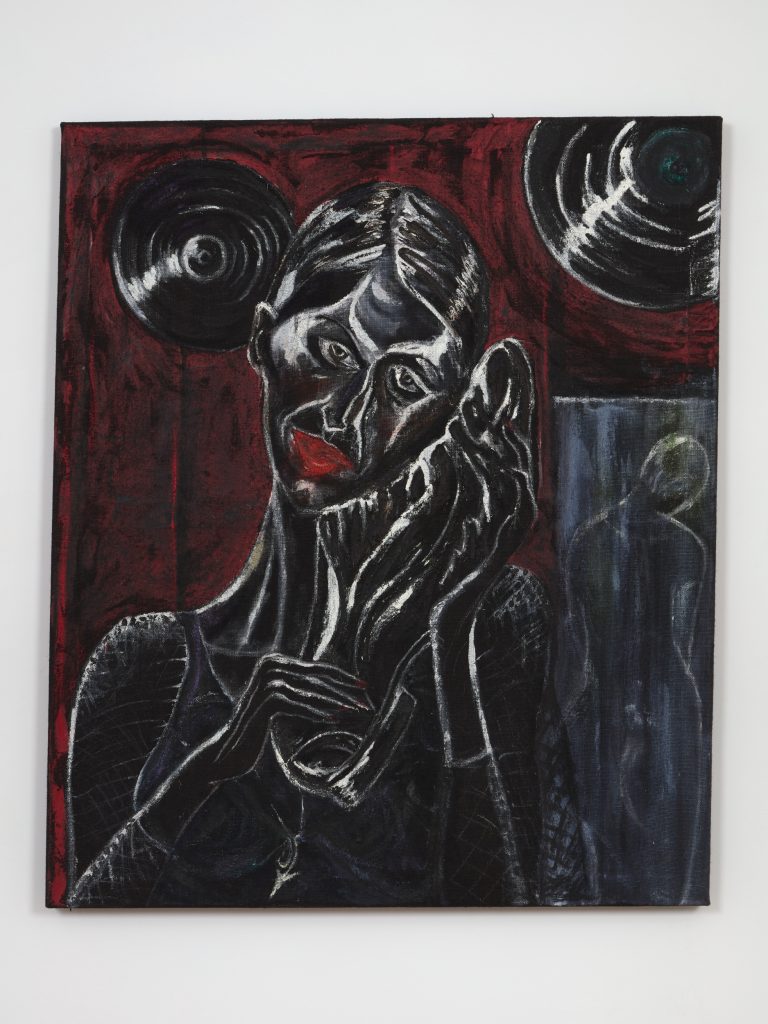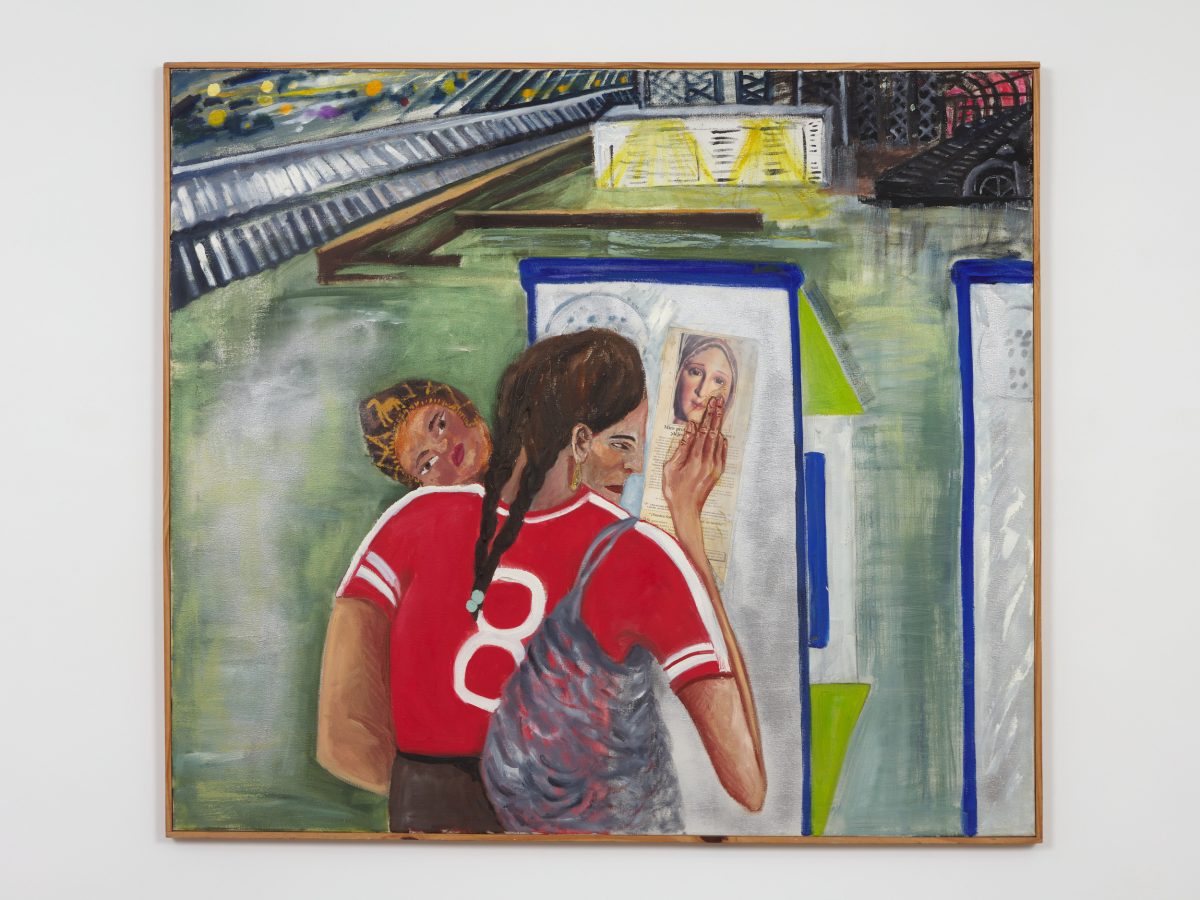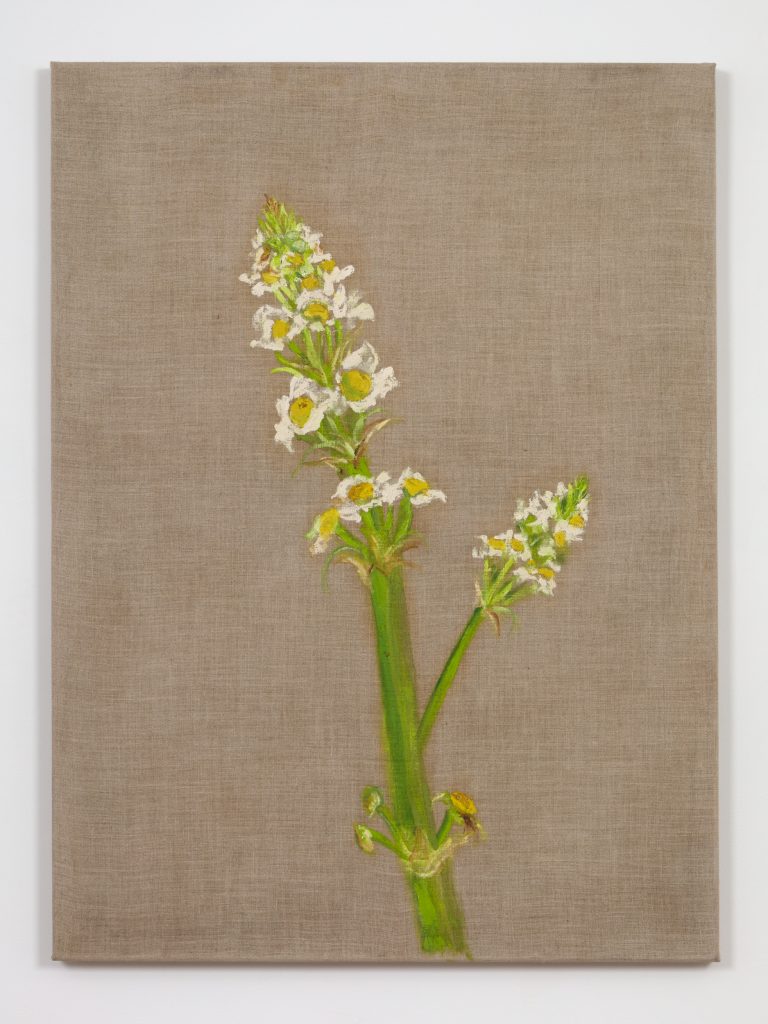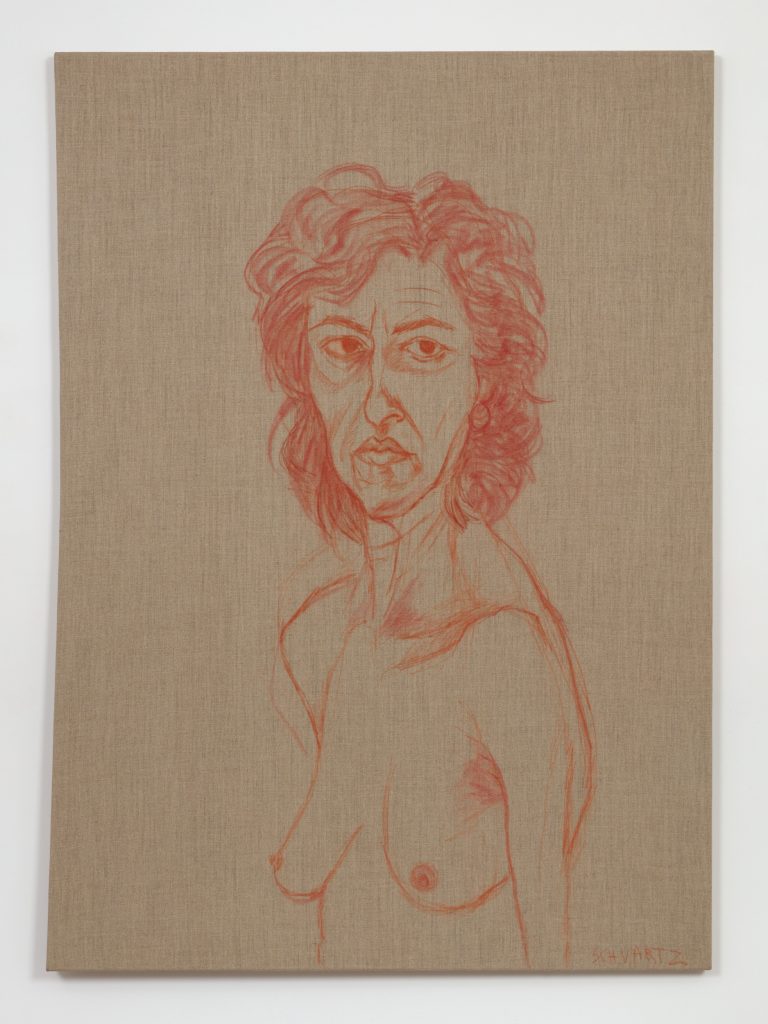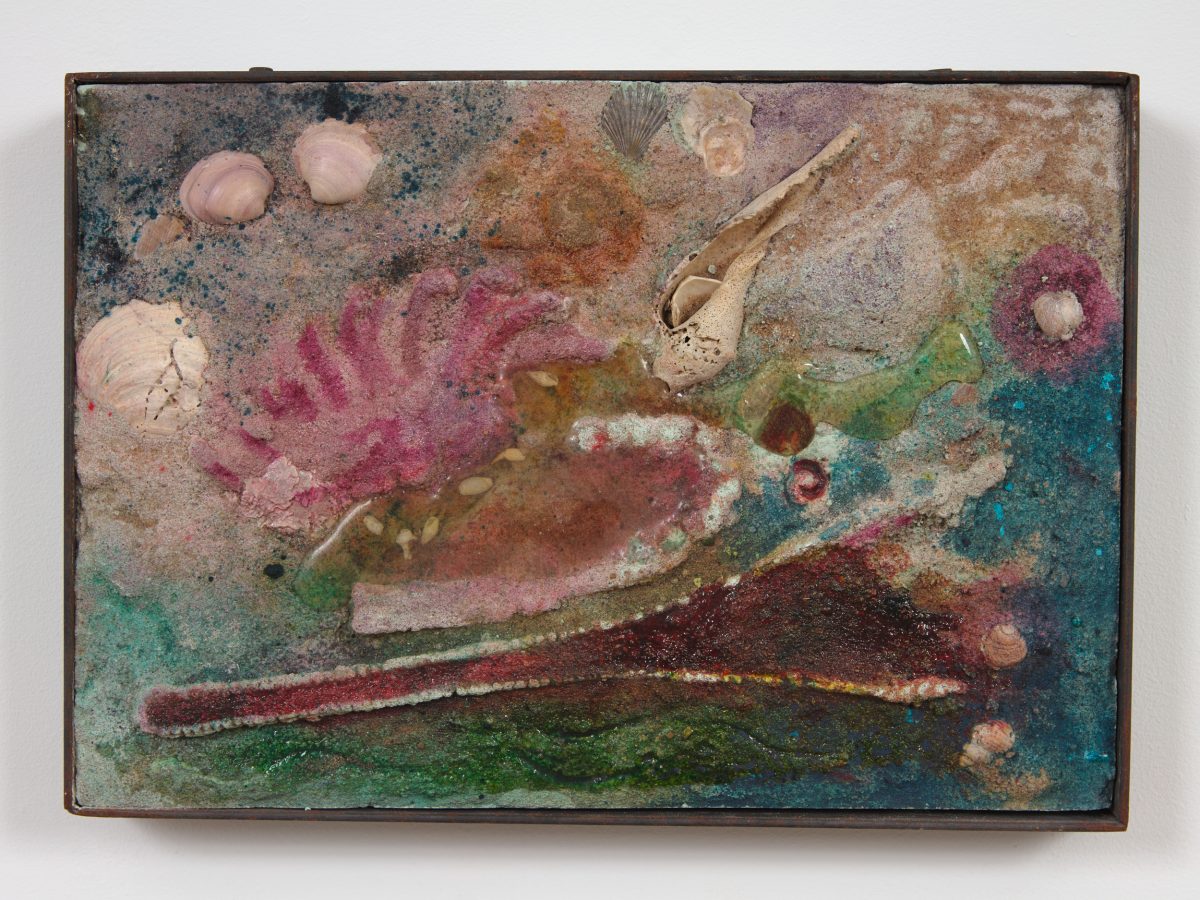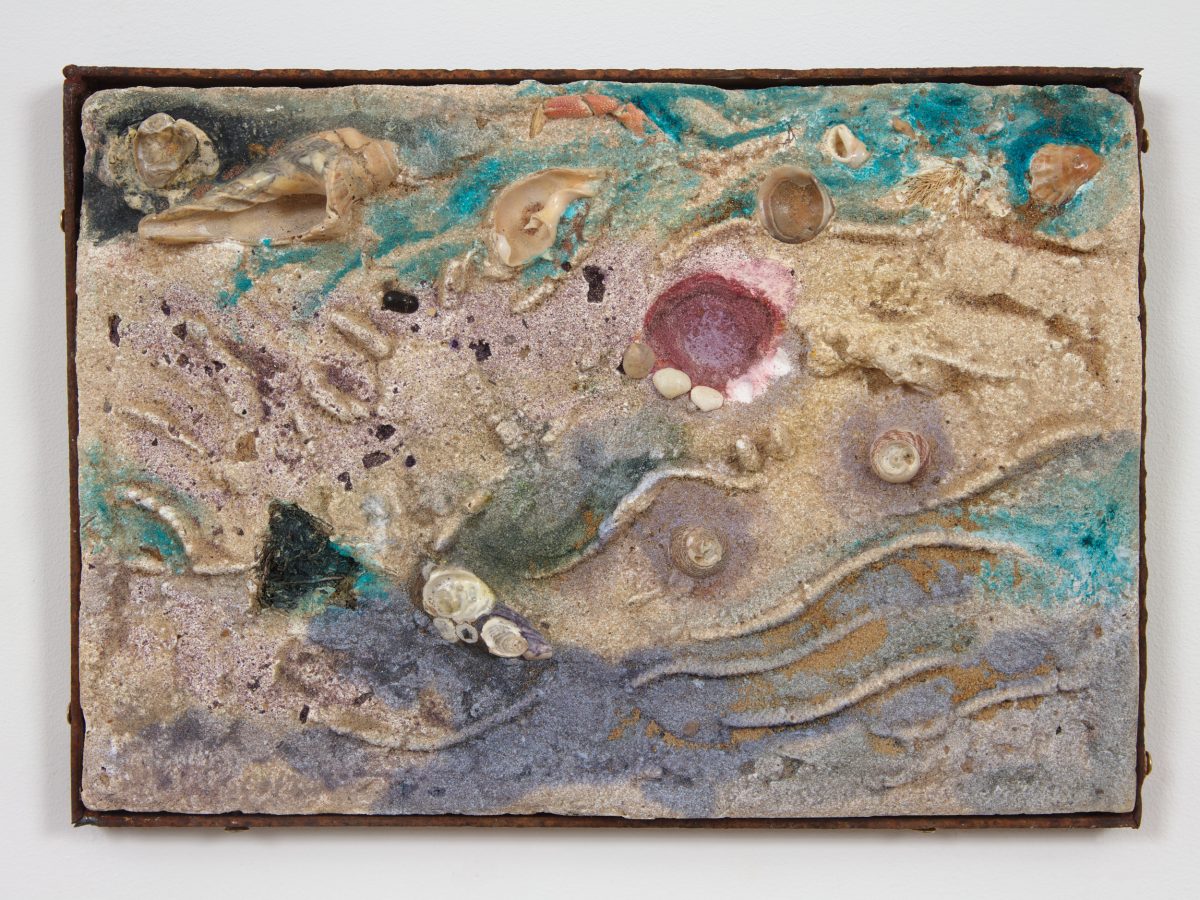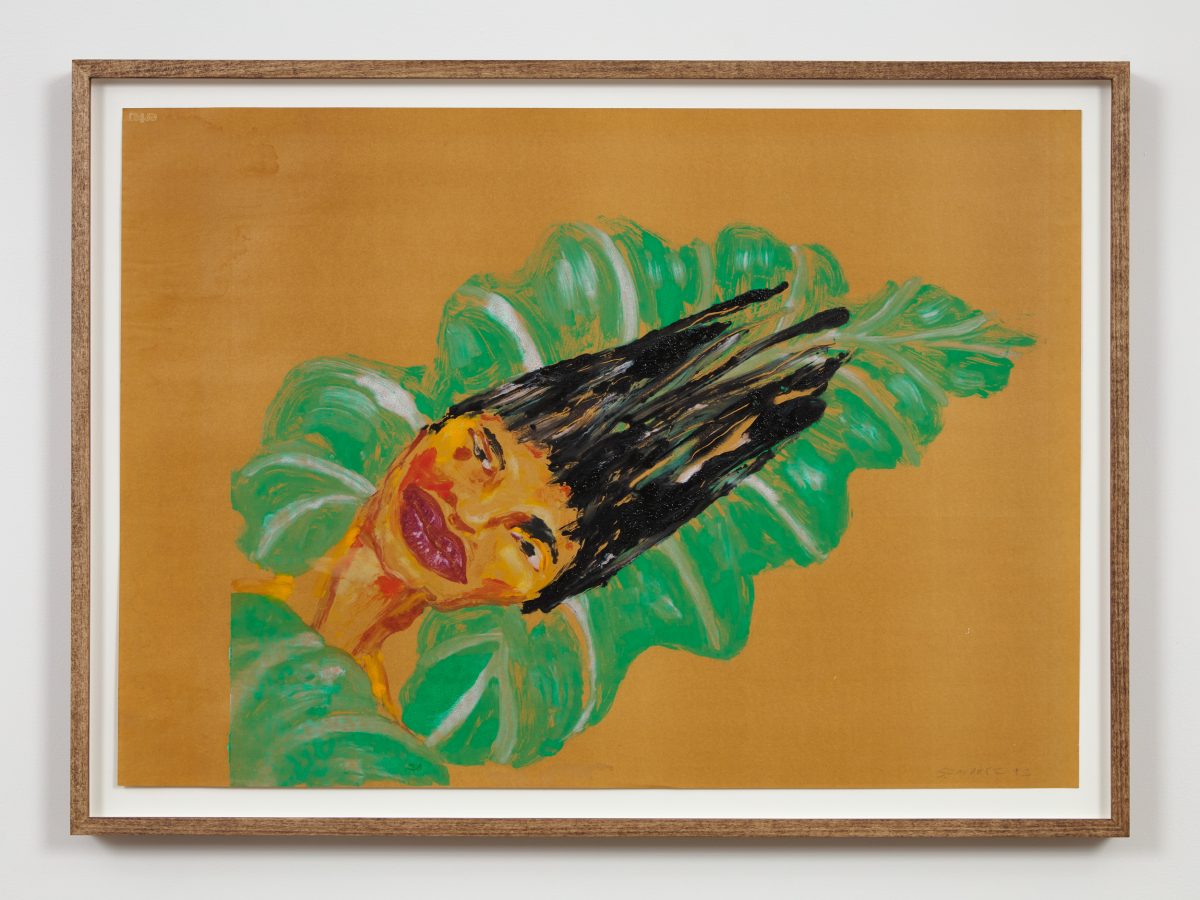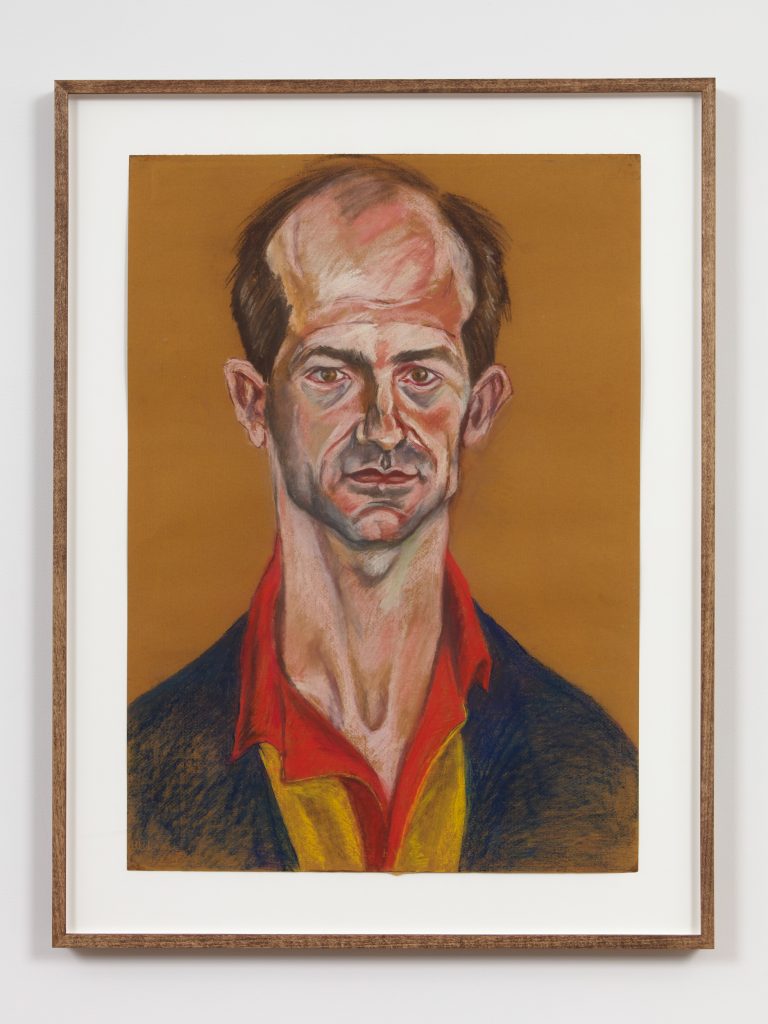
- This event has passed.
55 Walker (Bortolami, kaufmann repetto, and Andrew Kreps Gallery) is pleased to announce the first survey exhibition in the United States of Marcia Schvartz (b. 1955, Argentina). The exhibition spans across five decades of the artist’s practice, from the 1970s to today, and will be accompanied by a full text by art historian Lucy Hunter, supported by the Institute for Studies on Latin American Art (ISLAA).
Marcia Schvartz’s practice is grounded in the expressive yet rigorous rendering of the human figure, working with painting, ceramic, textile, sculpture, assemblage, and performance. She is best recognized for her figurative paintings that depict the complexity of cosmopolitan social dynamics. Illustrating the political history of Argentina through personal and populist terms, Schvartz’s work has a recurrent focus on female figures which she represents in a radical anti-patriarchal and decolonial manner.
In 1970, she entered the Escuela de Bellas Artes Manuel Belgrano, where she studied under renowned Argentinian artists Luis Falcini, Luis Felipe Noé, and most influentially for Schvartz, Aída Carballo. However in 1976 —during Schvartz’s early development as a young artist— a right-wing coup overthrew Isabel Perón as President of Argentina and a military junta was installed, leading to a 7-year period of state terror led by a military dictatorship (adjoined to the larger Operation Condor campaign in South America) that resulted in their murder of an estimated 30,000 civilians. Schvartz herself was a target, not only for being a militant and uncompromisingly outspoken artist, but also because her family was the owner of Fausto, a prominent bookstore known for disseminating progressive ideas and theories, and publishing radical literature. Because of this, Schvartz self-exiled to Spain in order to continue making her art (and later Brazil), before returning to Argentina in 1983. The loss of so many friends disappeared and murdered at the hands of the junta, combined with the rise of deaths due to the HIV/AIDS pandemic in the 1980s, became the painful source of inspiration for many works by Schvartz during this period and still today.
Although Schvartz has deployed caricaturesque depictions of public figures such as the Peróns and other political subjects, the works in this exhibition focus on people that belong to the Buenos Aires neighborhood where Schvartz lives, works, and teaches —San Telmo. A historically marginal neighborhood near the city’s harbor, San Telmo was later repurposed by artists and the city’s vibrant intelligentsia, creating a radical post- dictatorial underground scene in the 1980s. In the portraits on view, Schvartz depicts her neighbors including shop-owners, taxi and bus drivers, sex workers, bartenders, musicians, other artists, activists, and football fans, among others. While the people in her immediate community are among the most represented in her work, Schvartz has also been creating detailed self-portraits for decades. In the 1990s, her practice expanded to include a dynamic mythical element, incorporating scenes that depict the native people of Argentina without colonial influences (and the subsequent class subjugation experienced by their descendants), alongside powerful, animistic depictions of the country’s flora and landscapes.
Marcia Schvartz has exhibited extensively through South America and Spain and was most recently featured in the traveling exhibition “Radical Women: Latin American Art, 1960-1985” at the Hammer Museum, Los Angeles, Pinacoteca de Sao Paulo, and the Brooklyn, Museum, 2017-2018. She has received awards and accolades such as the Gran Premio de Honor from the Banco Central de la República Argentina, Buenos Aires, 2015; the Primer Premio at the Salón Hugo Del Carril, Museo de Arte Moderno de Buenos Aires, 1996; and the Primer Premio in the 37th Salón Municipal de Artes Plásticas Manuel Belgrano, 1992. Her work is included in public collections throughout the world, including the Museo Nacional de Bellas Artes, Buenos Aires; Museo Nacional Centro de Arte Reina Sofía, Madrid; and the Bronx Museum of Arts, among others.

